Lissenung is a small private island with a white sandy beach, tall swaying palm trees, exotic gardens and magnificent sunsets. Surrounding this beautiful adults-only hideaway are some of the most vibrant reefs and marine life on the planet. With a maximum of 14 guests, you will be assured of personal service in a tranquil atmosphere.
This dreamy resort consists of four private ocean-front bungalows are spread out over the island. Three of the bungalows house two rooms each with its own private bathroom. Water is supplied by the rain tank on the roof so shower water is comfortably warm, but not hot. The last bungalow is a one-room bungalow and uses the shared facilities. Built in traditional style with woven bamboo and thatched roofs, the bungalows completely blend into their surroundings. The rooms are fitted with mosquito netting over the bed, ceiling fans, a large desk by the window and a wardrobe. Large windows are fitted with screens to keep the critters out, but allow for beautiful breezes to circulate. This ensures that no air-conditioning is necessary. All bungalows also have a big verandah with comfortable chairs to relax in after diving. There are a number of power points (240V, Australian-style socket) in each room and 24-hour electricity. Other than a handful of friendly local staff, you won’t see another soul, and you can easily circumnavigate the island in about 10 – 15 minutes.
Meals are served in the “Haus Win”, the big main house, and feature delectable dishes from the sea and freshest produce from the local market in Kavieng or from the resort’s garden. The restaurant is beautifully designed with a sandy floor, handcrafted furniture, comfortable lounges and local artwork. You will dine together at one long table so you may exchange stories about the diving, surfing, snorkeling and other adventures of the day.
The four bungalows are spread out over the island, giving guests plenty of privacy. Three of the bungalows house two rooms, each with its own ensuite bathroom. The last bungalow is also houses two rooms, but they share one bathroom, which is located between the two rooms and is accessible from the verandah. As the island is only 350 x 80m (450 x 110yd), all bungalows are ocean-front.
The bungalows are built in traditional style and blend into their surroundings. The walls are made from woven bamboo, one side of the roof is thatched (Sago Palm leaves), the other side has corrugated iron to collect the rainwater we use for all our water supply. The roof collects the water and feeds it into a big water tank, and gas on-demand water heaters are installed to provide hot and cold water.
The rooms are fitted with a mosquito net over the bed, a ceiling fan, a large desk and a wardrobe. The windows don’t have glass, but are fitted with fly-screen to keep little creepy crawlies out and let the beautiful breeze in. This ensures that no air-conditioning is necessary. All bungalows also have a big verandah with comfortable chairs to relax in after diving.
The big desk in front of the window is ideal for photographers, giving them plenty of natural light to work by and ensure that all camera gear is ready for the next dive. There are a number of power points (240V, Australian socket) in each room and together with 24-hour electricity, they ensure that batteries can be recharged at all times.The rooms are serviced daily. All linen, towels, shower gel, shampoo and conditioner are provided.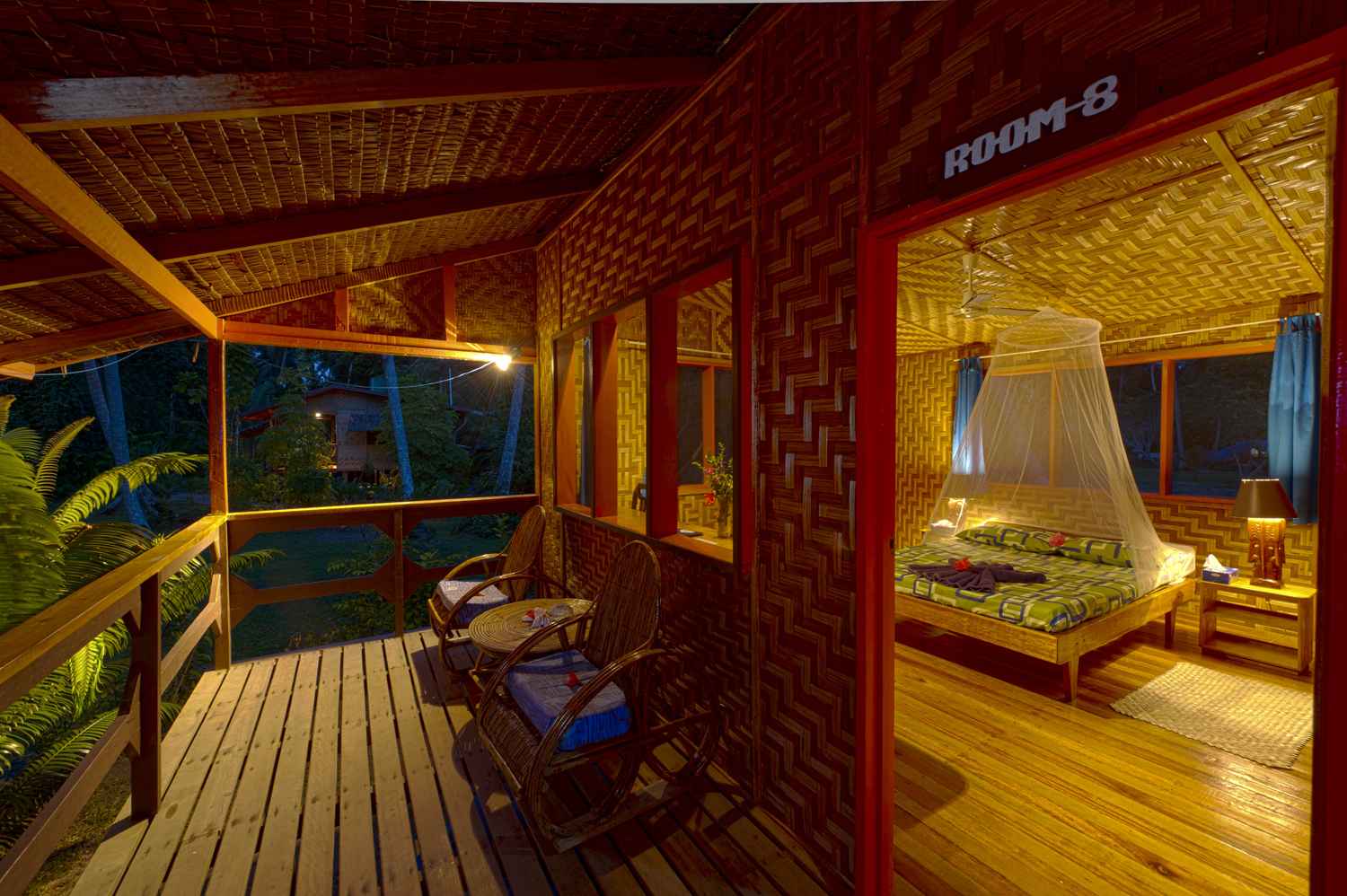

Diving
New Ireland is known for its pelagic fish action, but you need currents to attract big fish. These currents can sometimes be strong and make diving a little difficult, however, our experienced dive staff will look after you and ensure that you will be rewarded with world class diving.
Please keep in mind that nature prevails and that strong currents (and pelagics) cannot be guaranteed to occur daily, or to run the right direction. There are no working tide tables for the Kavieng area, so where normally, the incoming and outgoing tides move in a 6-hour interval, we can have 10 hours of outgoing tide, followed by 3 hours of incoming, followed by another 9 hours of outgoing.
It would also be wrong to come to Kavieng and expect to see just big fish and lots of sharks. There is so much more to see in these waters if one looks beyond the pelagics and keeps an open mind about the diving on offer. After all, Papua New Guinea’s oceans are part of the Coral Triangle and have some of the largest bio-diverse reefs in the world!
Daily boat trips to the outer reefs, drop offs and wrecks with a maximum of three dives per day are offered. We usually start at 8.30am with 2 morning boat dives and return to the island for lunch. In the afternoon, you can either go out for a third boat dive, relax on the island or do a shore dive on our fabulous house reef. For divers staying at Lissenung and booking boat dives in the morning, these shore dives are free of charge. With 350 different species of fish, this is a nice little added bonus! Our house reef is also the spot to do night dives, with another whole bunch of different fish, molluscs and crustaceans coming out to play and feed.
Water temperature in this area ranges from 28 – 30 degrees Celsius (83 – 87F) all year round and underwater visibility from 20 – 40m (60 – 120ft) on most dives.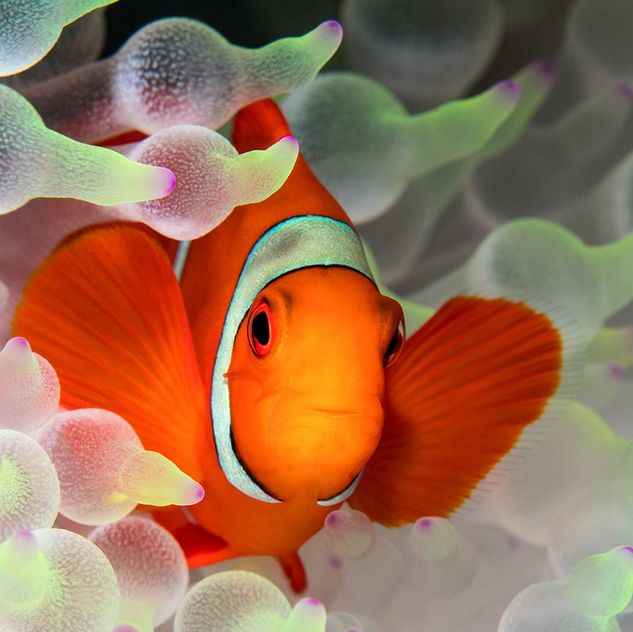
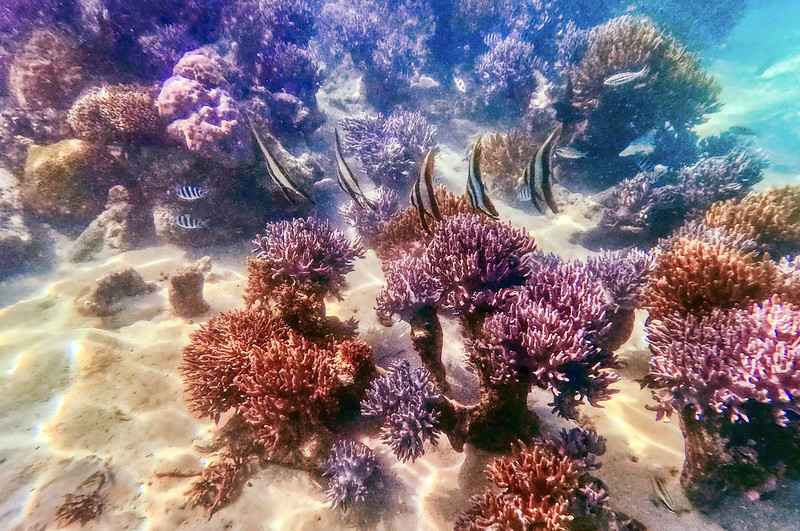
Surfing
Surf’s up at many incredible breaks around the island. Here’s just two of them:
Go Go’s
A world class left hand that is super playful given the right conditions. It has a nice wall that is set up so you can really carve the hell out of the lip and a few nice sections to get some Barrel time. SW wind is off shore and the swell has to be from the N-NE. Only surfable on the mid to high tide as the reef is very shallow at some points. Only mid to high level surfers need apply.
Enuk Island
A right-hand breaking wave at the southern end of the reef. This break is best surfed with no wind and glassy conditions, but it is protected somewhat from NE winds if they are not too strong. Best swell direction is NE, but as it is a very shallow reef, it’s only surfable on mid to high tide. Easy take-off, but becomes faster down the line and barrels on the inside.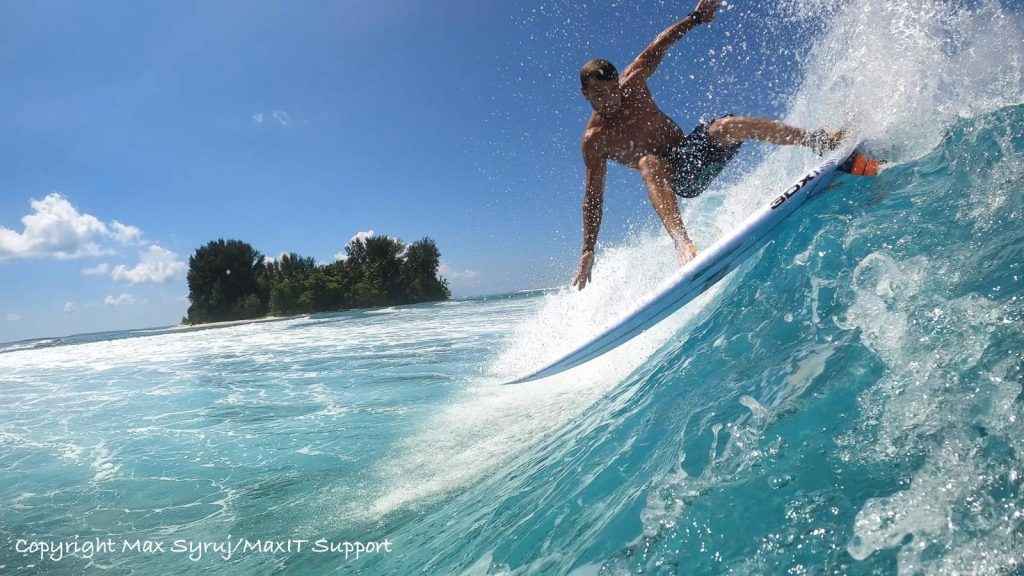
Snorkeling
Approximately 2/3 of Lissenung Island is surrounded by a beautiful reef, providing ample opportunity for snorkelling right off the beach, in some cases even almost from your front door.
We guard our house reef well and the surrounding fishermen know it, so they don’t come to fish on “our” reef. The result? A very well stocked reef, with more than 350 different species of fish. And it’s not a matter of one fish per species, but loads of them. In addition to the fish on our fish list, the reef seems to be a kindergarten for sharks, as we often see juvenile reef sharks. Some of them come right up into the shallows, but as they are only 50cm long, there is nothing to worry about!
Turtles are also regular visitors here and even octopus and moray eels can be spotted! All this no further than 20 metres from you room.
For a small fee, and space permitting, snorkellers can also accompany the divers on the boat for some snorkelling. Many of our dive sites are very well suited for snorkelling, with shallow reef tops and little or no current. However, some of the dive sites experience strong currents or are a bit too deep for the snorkellers to see anything, so these trips depend on where the divers are planning on going on the day.
Village Tours
Lissenung Island is just one of many islands in New Ireland Province and many of our neighbouring islands are inhabited. The area counts more than 149 islands, which are surrounded by the Bismarck Archipelago to the south-west and the South Pacific Ocean to the north-east. Join us on a visit to those island villages and experience what life without running water, without electricity, without TV and Internet is like. Where kids still play outside, not sit in front of the TV all day. Happy kids, who love to swim, show you their home, practice their English on you and have their picture taken and then see themselves inside that little box. You will be accompanied by one of our local guides, who will open the door to their homes to you and let you experience their life for a short while. 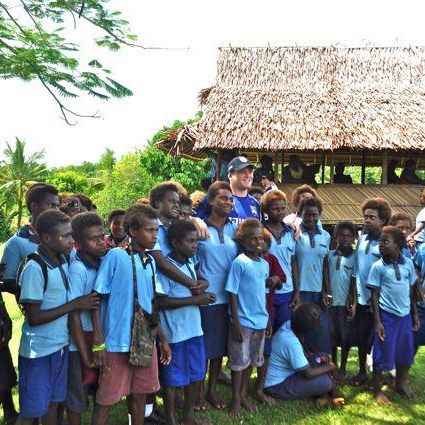
Turtle Conservation
In 2013, we started to visit a couple of nearby islands to protect turtle eggs. During a visit to one of the islands, we had stumbled across locals who were poaching the eggs, something we hadn’t realized was such a big problem here. Sure, we had seen the occasional turtle sold at the market, but we weren’t aware that the eggs were also a food source. A bit naive, probably, not to realize that locals would eat turtle eggs just like we eat chicken eggs.
Ever since then, from mid-September until the end of March, we travel to those two islands daily to beat the locals to the nests, and hence protect the eggs. We check for new turtle tracks that weren’t there the day before, follow them to locate the nest, then dig up the eggs carefully. They are placed into chicken egg cartons and transported to Lissenung, where they are placed in nesting boxes in a nest that is as similar to the original one as possible.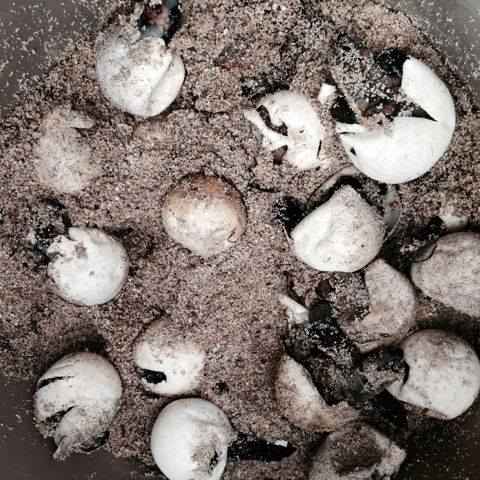
Philanthropic Projects
We live in the most beautiful spot in the world and we are fortunate to be able to do something we love for a living. Unfortunately, not everyone in Papua New Guinea is so lucky as PNG remains one of the poorest countries in the world, despite its wealth from logging, fishing and mining. Somehow, all this income just doesn’t make it into the communities, so we help where we can.
On-going projects:
Water tank for the Health Center
Medical supplies for the Kavieng Hospital
Enuk Community Project – building a new school, providing second hand eye glasses and school supplies.